jsport
what do you know about surfing Major? you're from-
- Joined
- 27 July 2011
- Messages
- 7,712
- Reaction score
- 5,716
You do realize that weight was because the Army demanded enough armor to stop a 125mm main gun round and a 200lb IED charge under the vehicle, right?They're either gonna buy a foreign vehicle or end up with a GDLS monopoly on AFVs. Not great.
On the topic of passengers, the Army has been insistent for the past few years that 6 is the way to go. Their last experience with trying to fit a 9 man squad resulted in an absolute behemoth that weighed up to 80 tons. There are merits to the 6 man approach, for instance, it reduces the risk of the whole squad being killed if one vehicle is hit. It also increases firepower by allocating two vehicles to a squad while also increasing vehicle protection for the same weight.
Oh, good Hanwha is still working on it. The KF21 (and the Aussie derivative AS21 Redback) are probably the best (and lightest) IFVs currently out there that meet most of the OMFV reqs.
US Army Next Generation Combat Vehicle: A Perspective from AUSA 21 - Armada International
Replacing the M-2 Bradley Infantry Fighting Vehicle is one of the top priorities of the US Army modernisation programs.www.armadainternational.com
They are. That article is from 2021.It thought Hanwha was out along with BAE and Oshkosh?

only posted GD concepts article to show concepts believed not to have been posted previously.They are. That article is from 2021.It thought Hanwha was out along with BAE and Oshkosh?

OMFV finalists: Rheinmetall, GDLS again square off for Bradley replacement competition - Breaking Defense
The service announced that the Optionally Manned Fighting Vehicle (OMFV) program will now be called the XM30 Mechanized Infantry Combat Vehicle, and revealed new details about its basic design.breakingdefense.com
Heavy IFVs have been discussed for 50 yrs in the USArmy. They’re just lacking guts to go ahead with them. Heavy is good.You do realize that weight was because the Army demanded enough armor to stop a 125mm main gun round and a 200lb IED charge under the vehicle, right?
applique armor may need to be prepositioned (w/ those risks including all the Euro bridges rendered NO-GO) but an option to withstand 125mm APFSDS (pretty ambitious) deserves considerationHeavy IFVs have been discussed for 50 yrs in the USArmy. They’re just lacking guts to go ahead with them. Heavy is good.
You do realize that weight was because the Army demanded enough armor to stop a 125mm main gun round and a 200lb IED charge under the vehicle, right?
That's for two generations, maybe 3, before the GCV, but I will accept the analysis of (paraphrasing) "IFVs work in the same part of the battlefield as tanks and therefore need similar protection" as still applicable for sake of discussion.
yesThat's for two generations, maybe 3, before the GCV, but I will accept the analysis of (paraphrasing) "IFVs work in the same part of the battlefield as tanks and therefore need similar protection" as still applicable for sake of discussion.
Okay, 62 ton weight class. That's heavier than many bridges can take, but arguments can be made to build stronger bridges as part of general infrastructure upgrades. Probably upgrading to 75 ton bridges from 50ton. Upgrading to 100 or 150ton is likely to be seen as excessive, as no commercial trucks are that heavy. Though I could see longer bridges being rated for more, depending on their construction methods.
The GCV was 84 tons, which is heavier than most bridges in Europe can take. No bridges = either needing to swim/wade or have the engineers build a new bridge at each river in Europe. Of course, at this point the Abrams is in the same situation, weighing some 84 tons without the dozer blade. Again, most highway bridges are 50-75 tons, because no commercial truck is that heavy. You'd be reduced to tanks trying to use railroad bridges to cross rivers, and there are a lot less railroad bridges than road bridges.
I'd recommend aiming for ~40ton tank and IFV, simply because those size bridges are much easier to make and place, and all the US supporting vehicles are ~40 tons as well. Any bridge that can support a 40ton HEMTT can support a 40 ton tank. makes supporting work a lot easier.
Yes, assuming that we can make a 40 ton vehicle that can stop a 125mm sabot to the front. If not, the lightest possible vehicle that can stop a 125mm or M829A0 from the front.
The IED requirement is absurd, simply because the insurgents can make IEDs a lot larger than any vehicle can withstand. What was the largest roadside IED found in either Iraq or Afghanistan? over 1000lbs? When the explosion is launching an Abrams end over end, it's physically impossible to armor against that.
lets get wack.You need to stop the detonation, not try to stop the vehicle or crew from taking damage after the explosion. That means Jammers and decoys, not armor.
What's the Russian monstrosity that escorts their road-mobile ICBMs? Listva?yes
lets get wack.
this is why a (forward and to a reasonable distance on either side) a armored vehicle mounting a multi phenomenon Aensor/DEW (X-ray, MMW, Laser Guided Energy {LGE}/Laser Induced Plasma channel {LIPC} UWB etc whatever R&D says is the right optimum mix. it will be expensive way to clear any potential threat road/likely avenue of approach route. This armored vehicle must include a DEW APS and a fairly deep magazine, backup KE APS, including especially a "revenge shot" KE APS. This vehicle will be the only tgt of an adversary. This armored vehicle will have to advance under severe fire and clear at at least 25MPH.
Or those kinetic cluster bombs and similar from artillery.--or start clearing w/ numbers of A-10s firing 30mm ball bearing canister and HEI rounds onto every route.
What's the Russian monstrosity that escorts their road-mobile ICBMs? Listva?
Basically one of those.
Or those kinetic cluster bombs and similar from artillery.

Needs to be remembered that tge IED requirements is folded into tge MINE PROTECTION requirements in a Hand in Hand deal. It basically a more robust set of standards to help cover the non standard nature of IEDs.The IED requirement is absurd, simply because the insurgents can make IEDs a lot larger than any vehicle can withstand. What was the largest roadside IED found in either Iraq or Afghanistan? over 1000lbs? When the explosion is launching an Abrams end over end, it's physically impossible to armor against that.
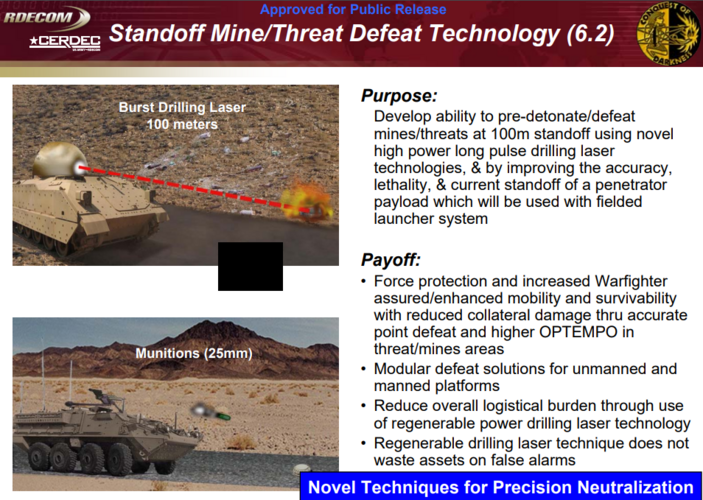
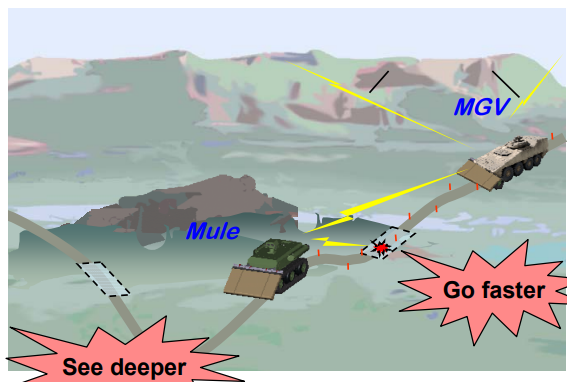
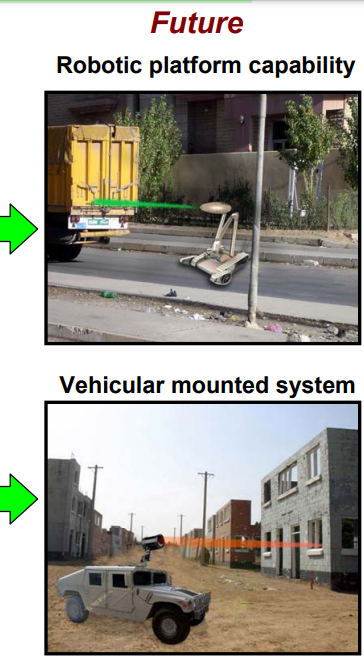
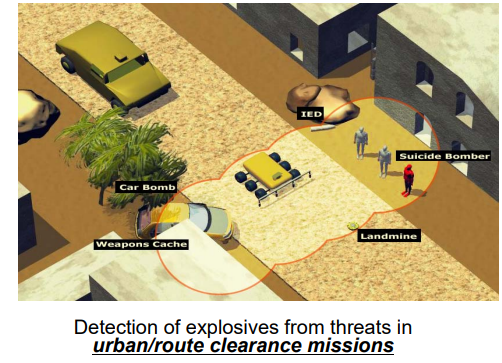
Never intended to say it wasn't, but don't be stupid about the requirements.So eyeah IED protection is here to stay.
Any links to these requirements?You do realize that weight was because the Army demanded enough armor to stop a 125mm main gun round and a 200lb IED charge under the vehicle, right?
None I can find quickly.Any links to these requirements?
...Never intended to say it wasn't, but don't be stupid about the requirements.
7x stacked AT mines? will yeet that Abrams.
100lbs of boom you can build for. much more than that isn't doable for a ground vehicle.


How is this relevant tho this thread?View: https://youtu.be/4zeicHp0Xgg?si=HQrXw1N0x4Z42mjx
questioning western combined arms ie the end of mechanized massing. again a need for Manhattan project like effort on mine clearance. (would add offset mines/IEDS would be a sensing an mitigation priority.
Attacking a well dug in defense line that’s heavily mined and under constant surveillance. Without air superiority and insufficient numbers of breaching vehicles and heavy vehicles.the western combined arms strategy and technology writ large is shown to be in question ..that would obviously include IFVs and tanks and their usage.
US ASup aint gonna stop hunter/killer drones or & pervasive tens of kms of mines w/ arty knowing/threatening everything as fast as heat.. If u masses it is ur a..es. The Aussie General has right the West is not ready for this and ASup wont help much.. Dispersed largely independent vehicles w. advanced APS to even CRAM + advanced counter mine. A few plows and few rollers doing "proofing" aint gonna cut it.Attacking a well dug in defense line that’s heavily mined and under constant surveillance. Without air superiority and insufficient numbers of breaching vehicles and heavy vehicles.
Yes, western combined arms strategy is in doubt because Ukr is forced to fight in ways the West *cough the US cough* hopefully doesn’t have
Misunderstood me. The enemy having months to prepare linear defenses & observation are the problem. A more robustly furnished Ukr Army may have been able to hound the Russians and not give them time to dig in. Ukr War has some unique characteristics that don’t necessarily apply to all future scenarios.US ASup aint gonna stop hunter/killer drones or & pervasive tens of kms of mines w/ arty knowing/threatening everything as fast as heat.. If u masses it is ur a..es. The Aussie General has right the West is not ready for this and ASup wont help much.. Dispersed largely independent vehicles w. advanced APS to even CRAM + advanced counter mine. A few plows and few rollers doing "proofing" aint gonna cut it.
That is a gross misinterpretation of what is being said and more so, is an extremely tenuous link to including this in this particular topic.the western combined arms strategy and technology writ large is shown to be in question ..that would obviously include IFVs and tanks and their usage.


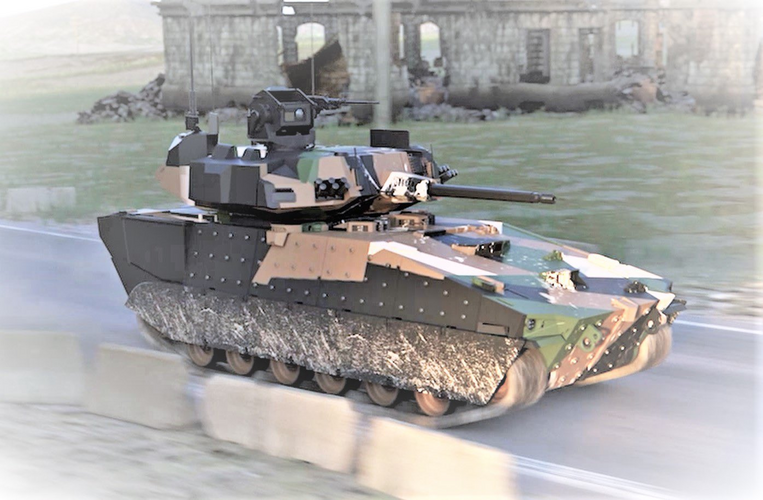
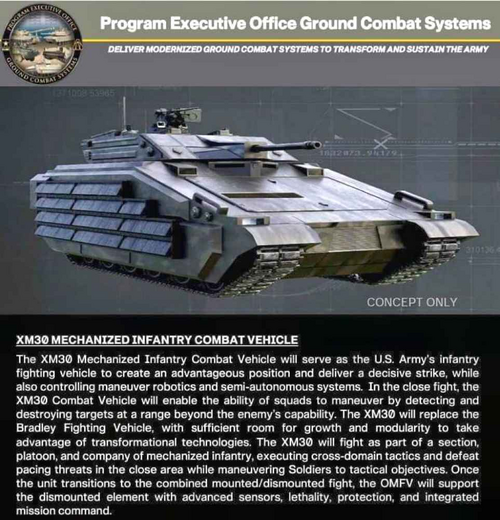

IMO, the question isn't how the drones will be shot down, the question is how they will be detected.A slide showing US Army thoughts on how XM30 will handle drone threats. 50mm AMP-T rounds and APS.
View: https://twitter.com/JonHawkes275/status/1742890995035812288
Against current drone threats a passive system could do it, especially if a well-designed AI is doing the looking. But against complex threats coming in the future, it's going to take layers of detection and layers of defense to keep vehicles safe on the front line.IMO, the question isn't how the drones will be shot down, the question is how they will be detected.
And I'm not sure that having your APS radiating all the time is a good idea.
At least a passive drone datalink detector that can tell you if drones are in the area, so APS needs to switch modes or whatever.Against current drone threats a passive system could do it, especially if a well-designed AI is doing the looking. But against complex threats coming in the future, it's going to take layers of detection and layers of defense to keep vehicles safe on the front line.
